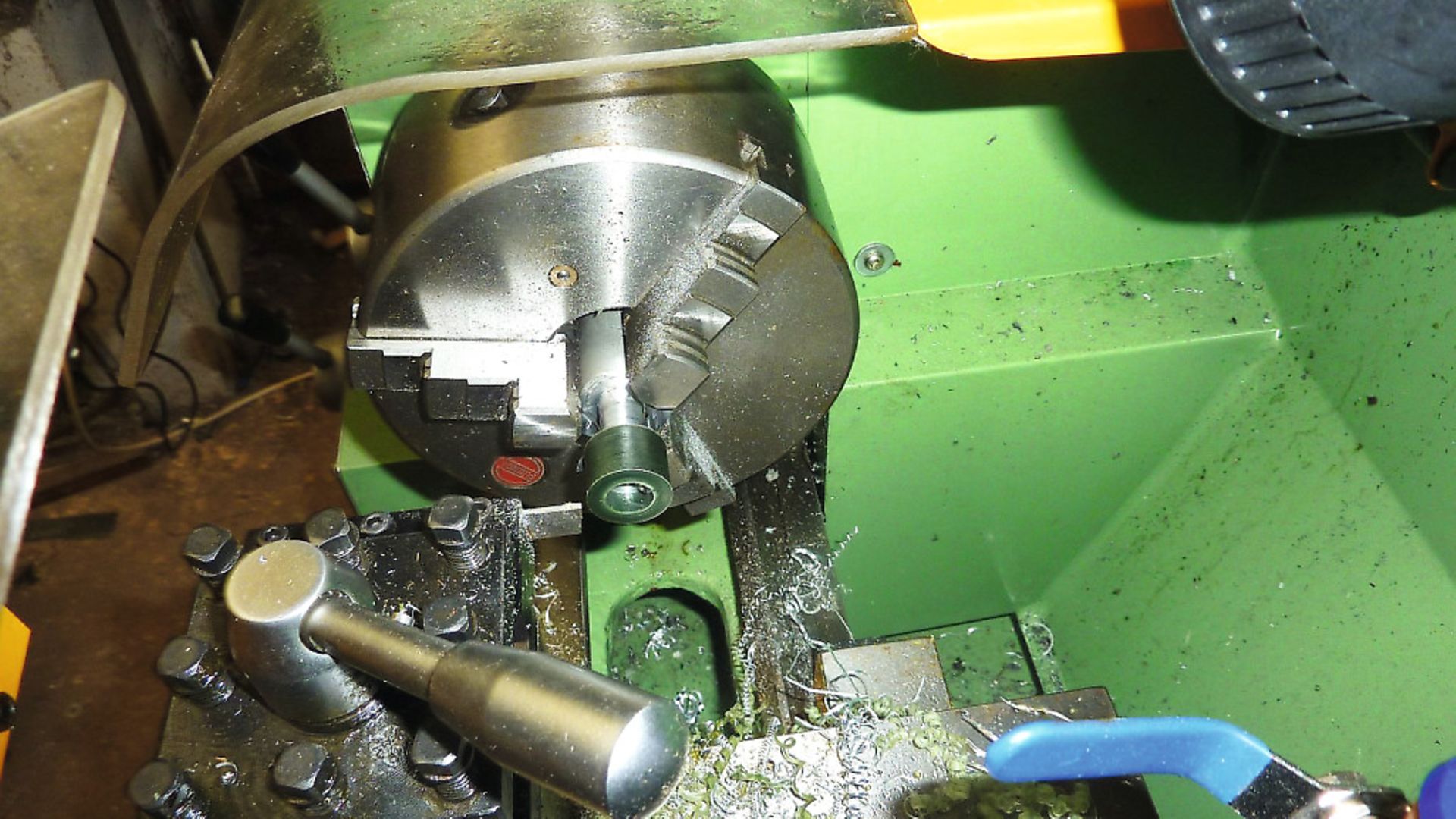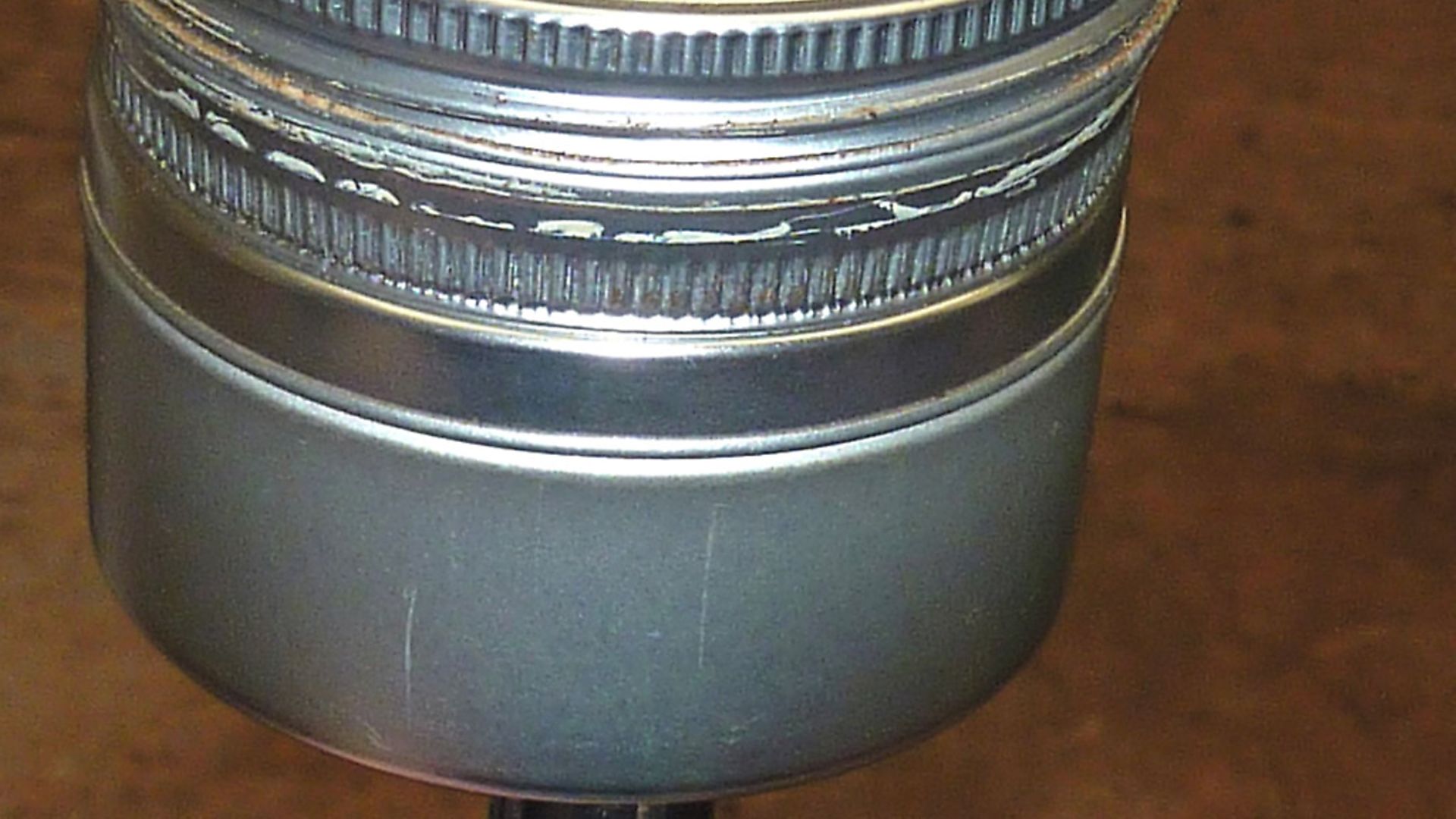Is it worth trying to reduce the pellet-driving energy lost in sealing the pellet in the barrel? Jim investigates
 credit: Archant
credit: Archant
The term ‘blow-by’ describes high pressure air that escapes between the pellet skirt and the barrel wall, which appears especially marked in the period before the pellet starts to move in spring airguns, and which can continue to a lesser extent as the pellet travels toward the muzzle, unless the pellet skirt forms a perfect seal in the barrel.
The obvious way to try to get a handle on blow-by would be to compare rifled and smooth-bore barrels, because the pellet could be made to seal in a smooth bore, but that would also remove any muzzle energy loss due to friction between the pellet and the rifling, so the results would not isolate blow-by. In addition to losses from blow-by, energy is needed to distort the skirt of the pellet to reduce blow-by; the two go hand in hand.
 credit: Archant
credit: Archant
Under pressure
A couple of years ago, I came up with a method of limiting peak cylinder pressure in my old HW77 at practically any pressure I liked, by placing a variety of short 25mm diameter Delrin cylinders inside the cylinder, and varying the length and bore of them, to limit the piston travel and create lost volume. Knowing the start volume and the lesser volume when the piston hit the Delrin cylinder, it was easy to calculate the peak pressure.
I tested a range of pellets at a range of peak cylinder pressures, noting which pellet started to move in the bore, and at what pressure. The .177 Air Arms Field started to move at around 200psi, for instance, and multiplying 200 by the cross-sectional area of the pellet showed that it took a force of 4.92 lbf (pounds force) from the compressed air to start the pellet moving.
There is another, simpler, method of measuring pellet start force, and that is by physically pushing the pellet and measuring the force at which it starts to move, easily achieved by using weights. I used a spare .177 barrel and breech block, placed a pellet in the breech, and sat the pellet on the end of a brass cleaning rod held in the vice. The barrel assembly weighed 2lbs, so I added weight to the end until the pellet suddenly moved under a force of 3.125 lbf. That’s just 63.5% of the force needed for compressed air to start the pellet moving in the barrel, begging the question of whether or not some of the lost 36.5% could have been due to forming the skirt and blow-by.
 credit: Archant
credit: Archant
Thick and thin
Direct force tests with the other pellets in my earlier ‘dynamic’ start pressure tests showed that softer pellets with thin skirts appeared to need roughly a third less direct force to start them moving, compared to ‘air’ force, whilst harder pellets with thicker skirts needed half the direct force. Put simply, the pellets with thick skirts seemed to need proportionately greater force from compressed air to get them on the move than thin-skirt pellets.
The bar chart ‘Pellet start pressures’ shows the start pressures I measured in my dynamic tests, alongside the equivalent air pressures for the forces I measured by physically pushing the pellets.
It seems immensely plausible that hard, thick-skirt pellets need far greater air pressure to get them to conform to the rifling and hence form a seal, than pellets with soft, thin skirts, in the which case, there will be gaps between the skirt and the barrel, and air will escape.
 credit: Archant
credit: Archant
PCPs
The working air pressure of a PCP is typically much higher than what I believe to be the peak cylinder pressure of the spring airgun, and the pressure behind the pellet rises more rapidly in a PCP than in a spring airgun, so the effect of blow-by before the skirt expands to form a seal, should be far less. In addition, it is probable that when most, if not all PCP probes seat the pellet, they size the pellet to very near what’s needed to create an effective seal, so less energy should be lost, both to deforming the skirt and to blow-by.
It seems probable that the only way in which blow-by could have a significant effect on the muzzle energy of a PCP would be if the blow-by persisted throughout the entire pellet barrel travel, or perhaps as far as the choke. Certainly that would explain why some pellets appear to defy a well-known PCP trend.
Generally, PCPs give higher muzzle energy with heavier pellets, the opposite of spring airguns, which usually give highest muzzle energy with lighter pellets. The reason for the PCP’s apparent preference for heavier is that they take longer to reach the muzzle, which means they have more time to accelerate, and there is enough compressed air released during the PCP valve opening time to accelerate the pellet all the way to the muzzle. Some pellets, though, don’t conform to the general rule, and they tend to be the ones with thicker and harder skirts.
The illustration ‘Muzzle energy’ shows a range of pellets shot through my .177 PCP, and suggests that it is a combination of pellet mass, and the skirt hardness and thickness, which determine muzzle energy. What complicates matters is that it is a combination of degrees of the two factors. For instance, the Hobby and SuperMag share skirt thickness and hardness, and the extra weight of the SuperMag means that it creates higher muzzle energy. On the other hand, the Falcon Accuracy Plus is about the same weight as the Hobby, but its thin skirt and better seal gives it the higher muzzle energy.
Reducing losses
The obvious route to reducing the amount of energy needed to force the pellet to seal in the barrel is to reduce its size, but in spring airguns that can cause the pellet to start to move at too low an air pressure, which affects the energy efficiency, sometimes in the wrong direction. In the admittedly limited tests I have carried out with pellet sizers, none has produced a significant increase in muzzle energy when used in my spring airguns. In the PCP, the pellet is usually sized as the probe pushes it into the breech, and again I have not found any significant advantage in manually sizing pellets.
Another possible way to reduce losses in spring airguns might be to seat high start pressure pellets using a probe of some kind, as happens in PCPs, although any gains there might be eclipsed by losses associated with both the increase in lost volume, and the effective lengthening of the transfer port, not to mention the effective introduction of a diameter step in the ‘lengthened’ port.
Conclusion
It is difficult to conclude other than any losses associated with sizing the pellet skirt in the breech, and blow-by, are an inescapable function of pellet design, although the individual barrel will also play a part, and that we would be better served by selecting pellets according to their accuracy through our airguns than by worrying over a little lost muzzle energy.
Read more...
Choosing airgun pellets
Choosing the right pellets for your rifle
Gary Wain investigates...hollow point pellets